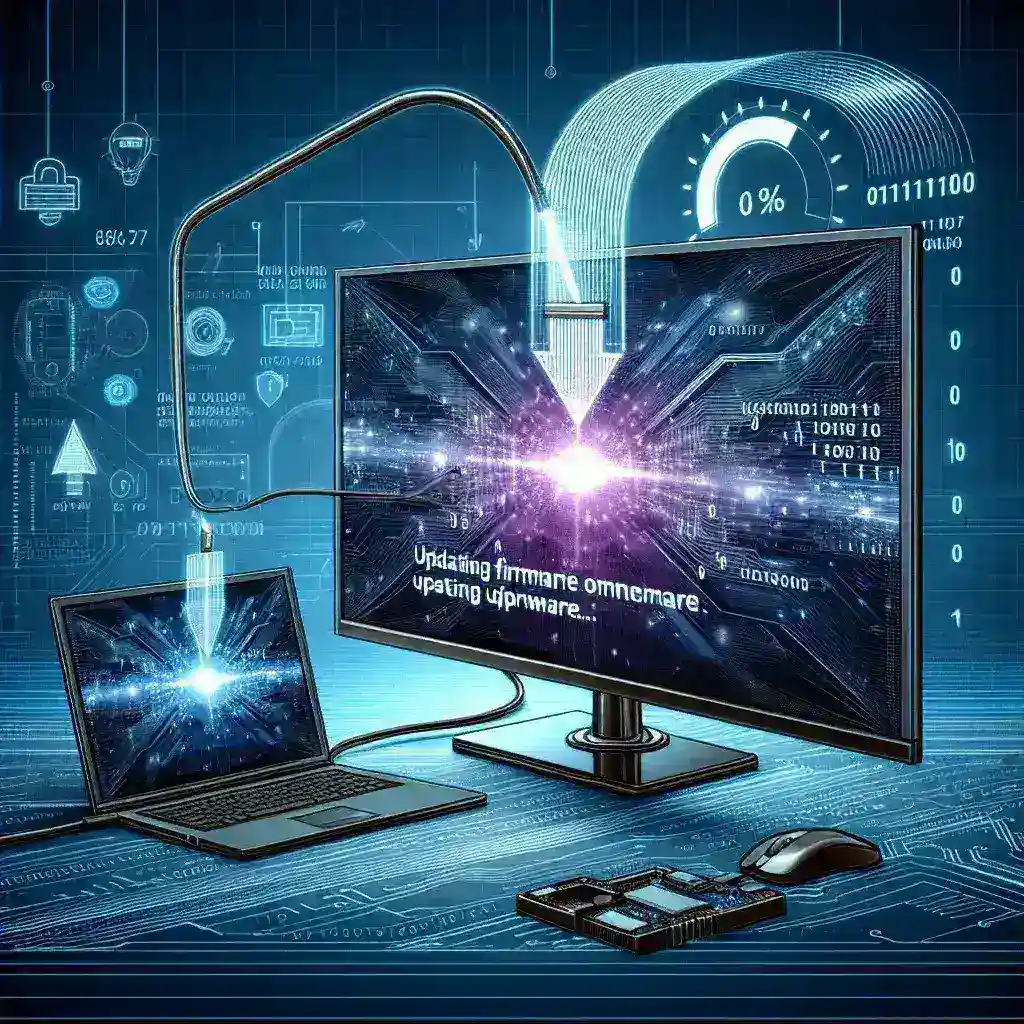Updating the firmware on an LCD monitor can significantly enhance its performance, fix bugs, introduce new features, and ensure compatibility with other devices. This comprehensive guide will walk you through the step-by-step process of updating your LCD monitor firmware.
What is Firmware?
Firmware is a specific type of software that provides low-level control for a device’s specific hardware. It can be thought of as the “brains” of your device, controlling essential functions and enabling the hardware to interact with other systems effectively.
Why Should You Update Your Firmware?
Regular firmware updates are important for several reasons:
- Improves Device Performance
- Fixes Bugs and Issues
- Adds New Features
- Enhances Compatibility
Summary of Benefits of Firmware Updates
| Benefit | Description |
|---|---|
| Improved Performance | Enhances the overall functionality and speed of your LCD monitor. |
| Bug Fixes | Resolves known issues that may impair the device’s performance. |
| New Features | Introduces additional functions and capabilities. |
| Compatibility | Ensures smooth operation with other hardware and software. |
Before You Begin
Before you update your firmware, you will need:
- Your monitor’s model number
- Access to a computer
- A USB drive
- Firmware file from the manufacturer’s website
Step-by-Step Guide to Update Firmware on an LCD Monitor
Step 1: Identify Your Monitor Model
Locate your monitor’s model number. This can typically be found on the back of the monitor or in the monitor settings menu.
Step 2: Download the Firmware File
Visit the manufacturer’s website and navigate to the support or downloads section. Search for your monitor model and download the latest firmware file.
Step 3: Prepare the USB Drive
Format a USB drive to ensure it is empty and in a compatible format (usually FAT32). Copy the downloaded firmware file to the root directory of the USB drive.
Step 4: Connect the USB Drive to the Monitor
Turn off your monitor and connect the USB drive containing the firmware file to the designated USB port on your monitor.
Step 5: Enter the Monitor Firmware Update Mode
Turn on your monitor and enter the firmware update mode. This process may vary depending on the model, so consult the user manual. Generally, it involves holding down certain buttons while powering on the monitor.
Step 6: Follow On-Screen Instructions
The monitor will display on-screen instructions to proceed with the firmware update. Follow these carefully to complete the update process.
Step 7: Reboot Your Monitor
Once the update is complete, the monitor will usually prompt you to reboot. Turn off the monitor, disconnect the USB drive, and power it back on. Your monitor should now be running the latest firmware.
Troubleshooting Common Issues
Here are some common issues you might encounter and how to resolve them:
- Firmware Update Fails: Ensure the firmware file is compatible with your monitor model and that the USB drive is properly formatted.
- Monitor Not Recognizing USB Drive: Try a different USB port or USB drive. Ensure the drive is formatted correctly.
- Monitor Freezes During Update: Power cycle the monitor and retry the update. If the problem persists, contact manufacturer support.
Conclusion
Updating the firmware on your LCD monitor is a crucial step in maintaining its optimal performance. By following this detailed guide, you can ensure that your monitor remains up-to-date, benefiting from improved features and resolving any outstanding issues.

